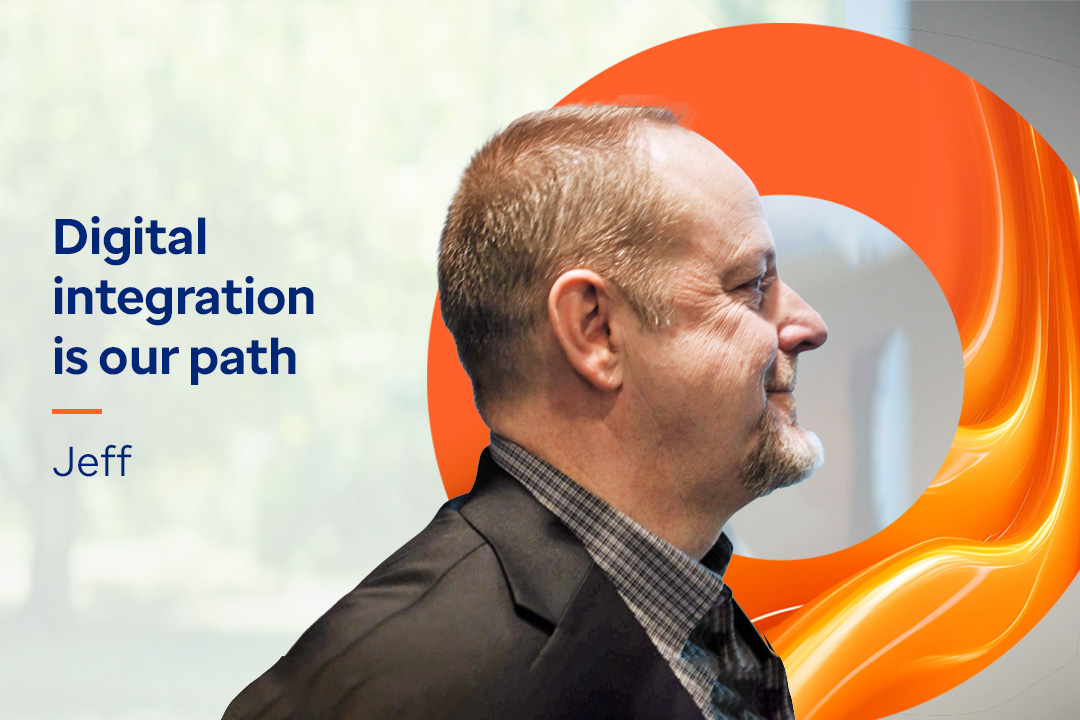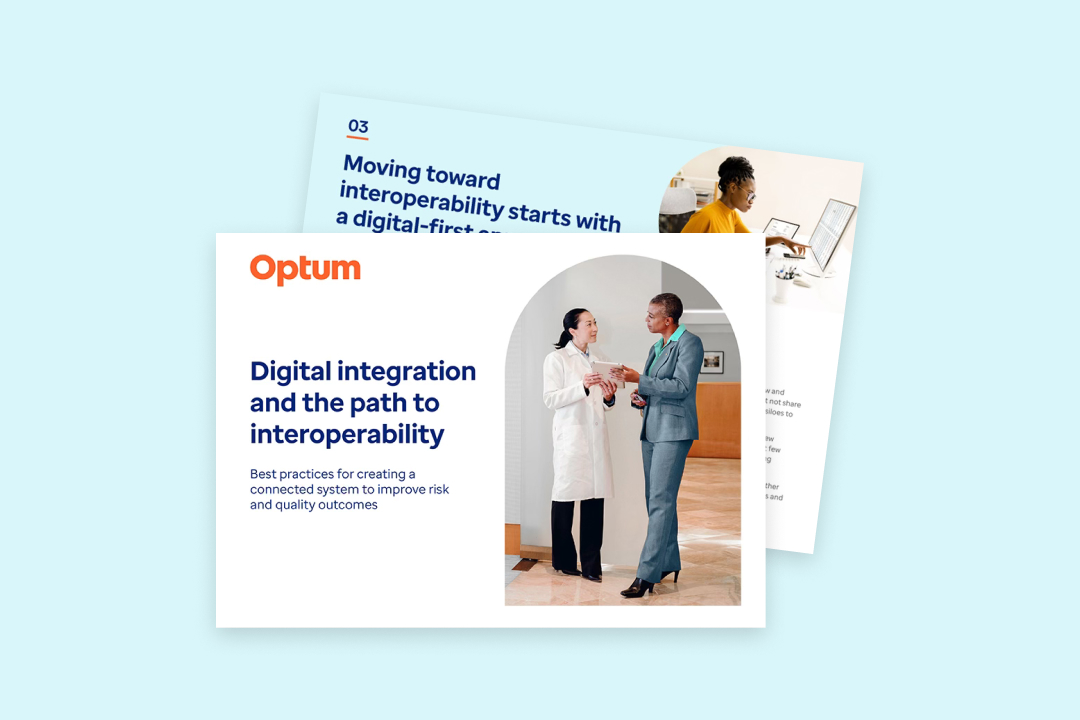Make risk adjustment more efficient, accurate and compliant
In the world of healthcare, digital transformation is a necessity. At Optum, we approach digital solutions in three key areas: data acquisition, insight sharing and enhanced functionality. These components work together to create a seamless and efficient process for both payers and providers, ultimately facilitating accurate and timely risk adjustment.




